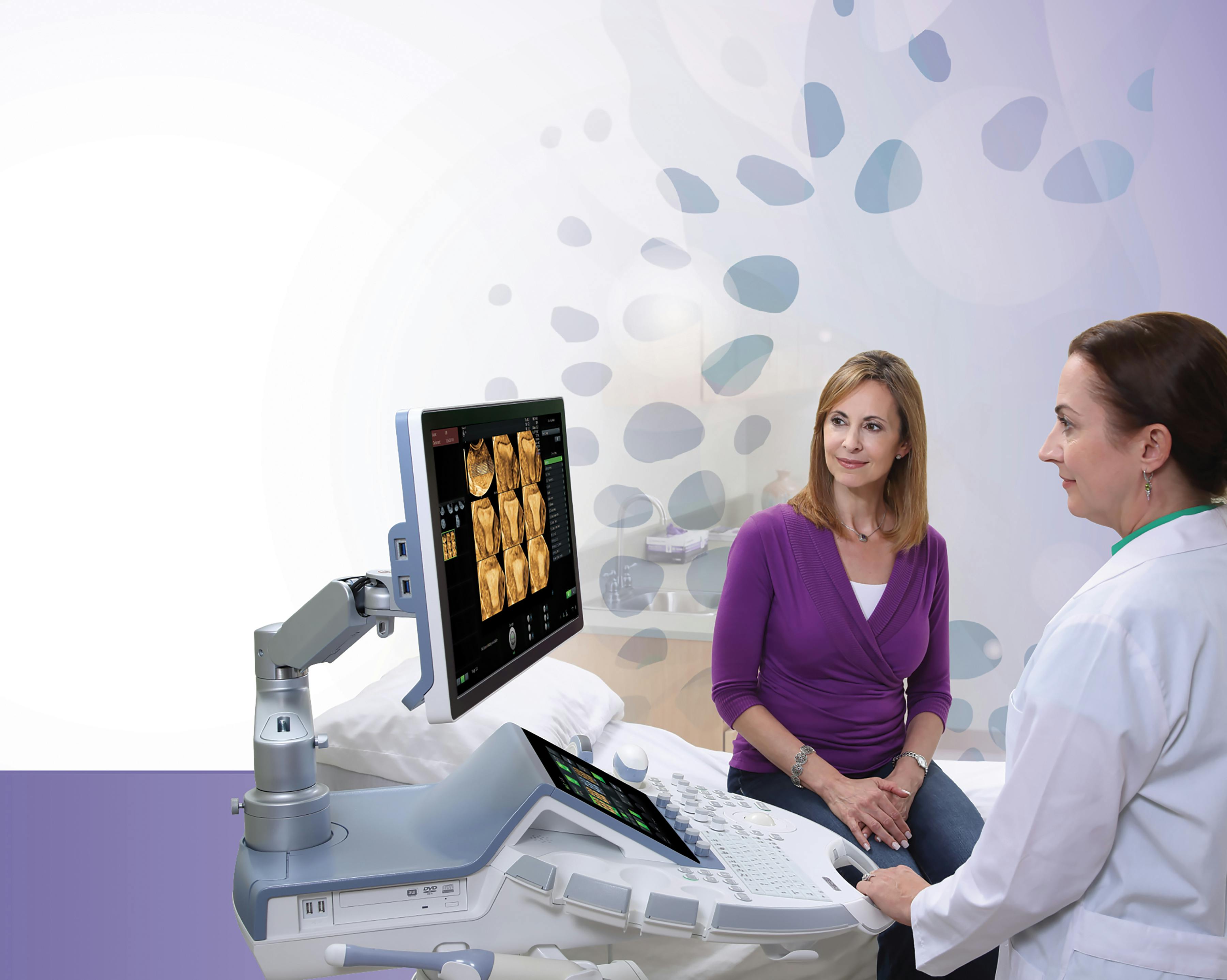In the past, diagnostic tests such as ultrasound exams required a referral and special trip to an imaging facility — a process that can be frustrating for patients and providers alike. Worse, this approach can slow the time to diagnosis, which may delay prompt treatment for women with critical health concerns, including uterine cancer.
Today, more and more physicians are offering ultrasound exams and other cutting-edge technologies in their own offices. The result is quicker diagnoses and treatment of a variety of gynecological issues, which can lead to better outcomes and higher patient satisfaction.
The Wave of the Future
The upward trend of point-of-care testing promises to significantly improve healthcare delivery, according to a recent fact sheet from the National Institutes of Health. Diagnostic tools were previously the bailiwick of specialized hospitals, large medical centers and standalone imaging clinics. While these facilities can be useful, they add another step to the diagnostic process. As more clinicians become aware of the benefits of timely evaluation with in-office diagnostic equipment such as ultrasound devices, point-of-care testing is becoming more common.
Examples of point-of-care technology include:
- Rapid blood sample analysis;
- Biosensors for toxicology and drug screening;
- Pulse oximetry;
- Infectious disease testing; and
- Portable ultrasound devices.
Benefits of Point-of-Care Ultrasound Exams
Having point-of-care tools at your fingertips can offer multiple advantages for both providers and patients. For instance, the portability of these devices allows physicians to bring evaluation and diagnosis to patients, rather than requiring them to travel to a testing facility.
For most patients, this is a matter of convenience because they don't need to make an additional trip to another location. But for people in resource-poor and underserved areas — or those experiencing natural disasters or other emergencies — portable devices can be lifesaving, according to a study published in the journal Point of Care. Other benefits of point-of-care technologies include the following.
Efficiency
Because point-of-care testing is conducted in a physician's office, at a patient's bedside or in the community, it helps streamline workflow by making both evaluation and answers more accessible. Fewer steps and processes between evaluation and diagnosis cut out unnecessary transportation, manpower and delays — a cost-cutting measure that allows physicians to remain nimble and overhead to remain lean.
Speed
Point-of-care devices can greatly decrease the amount of time between evaluation of a patient and diagnosis. As a result, the decision-making process can begin much sooner, and physicians can deliver timelier treatment. For example, ultrasound exams can help identify gynecological problems such as fibroids, uterine adhesions, congenital anomalies and uterine tumors. With portable ultrasound technology, these concerns can be found and treated much more quickly.

Ultrasound Image
Improved Outcomes
The immediacy of care provided by these devices can help accelerate the movement of patients through the evaluation and treatment process. This improves the physician's ability to see and treat a larger number of patients without sacrificing quality of care and contributes to higher rates of patient satisfaction, according to a study published in the British Journal of General Practice.
With 3D ultrasound, gynecologists can meet patients' growing demands for more accurate diagnoses, prompt results and treatment, and a more personalized experience. Simply put, a point-of-care ultrasound system is a tremendous long-term investment that can transform your practice, strengthen the patient-physician bond and reduce costs for all parties involved.





